Sorong pole-and-line yellowfin tuna

Location & History
Pole-and-line fishing has been used in Indonesia since the early 1900's, and was originally introduced by Japanese fishers to produce Katsuobushi or "Ikan Kayu" - dried tuna flakes, also sometimes referred to as "bonito flakes" (They're delicious! Find out more here.) This particular fishery was developed in 2017 and operates at the western part of Papua, Seram Sea, in the Western and Central Pacific Ocean.
How is the Tuna Caught?
All the tuna from this fishery is caught using traditional pole-and-line methods, using one hook on a line attached to a bamboo pole, catching one fish at a time. The vessels in this fishery still use wooden building materials for boat construction and while all vary in size, each vessel employs a crew of between 40 and 50 local fishers. A typical fishing trip will be anywhere from five days to two weeks, and can land up to 13,000 KG of tuna per fishing trip - that’s about 80,000 cans of tuna! Fishers use live fish and squid as bait and throw it into the water to start a tuna feeding frenzy. The crew lower their lines into the water and during the frenzy, tuna will catch onto the hooks. The tuna are then slung onboard, where it detaches from the hook and the line is thrown back into the water to start again. The fishery is very selective, which means it catches only skipjack or yellowfin tuna (95% of the catch). Non-target species (also known as bycatch) are animals that the fishery doesn’t want to catch, such as dolphins, turtles or sharks. The use of a single hook and line per fisher means that there is very little bycatch, and because fishing takes place at the surface of the ocean, there is virtually no negative impact on different marine habitats. The catch is then taken to shore and transported to a local factory that typically processes either canned tuna or Katsuobushi.
Unique Features
The fishery provides jobs for local communities both at sea as fishers, and on land in the processing sector, which enhances economic growth and opportunity across the community.
Gallery

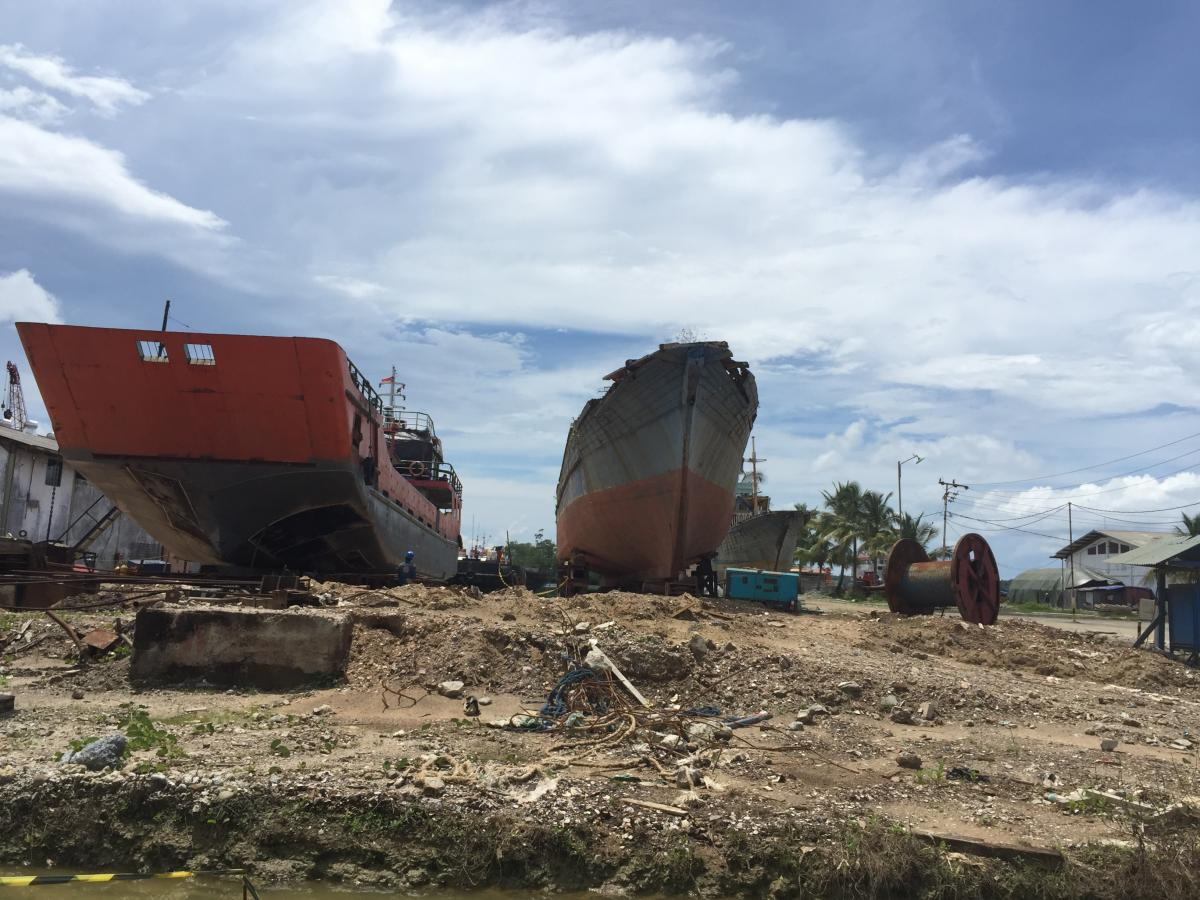
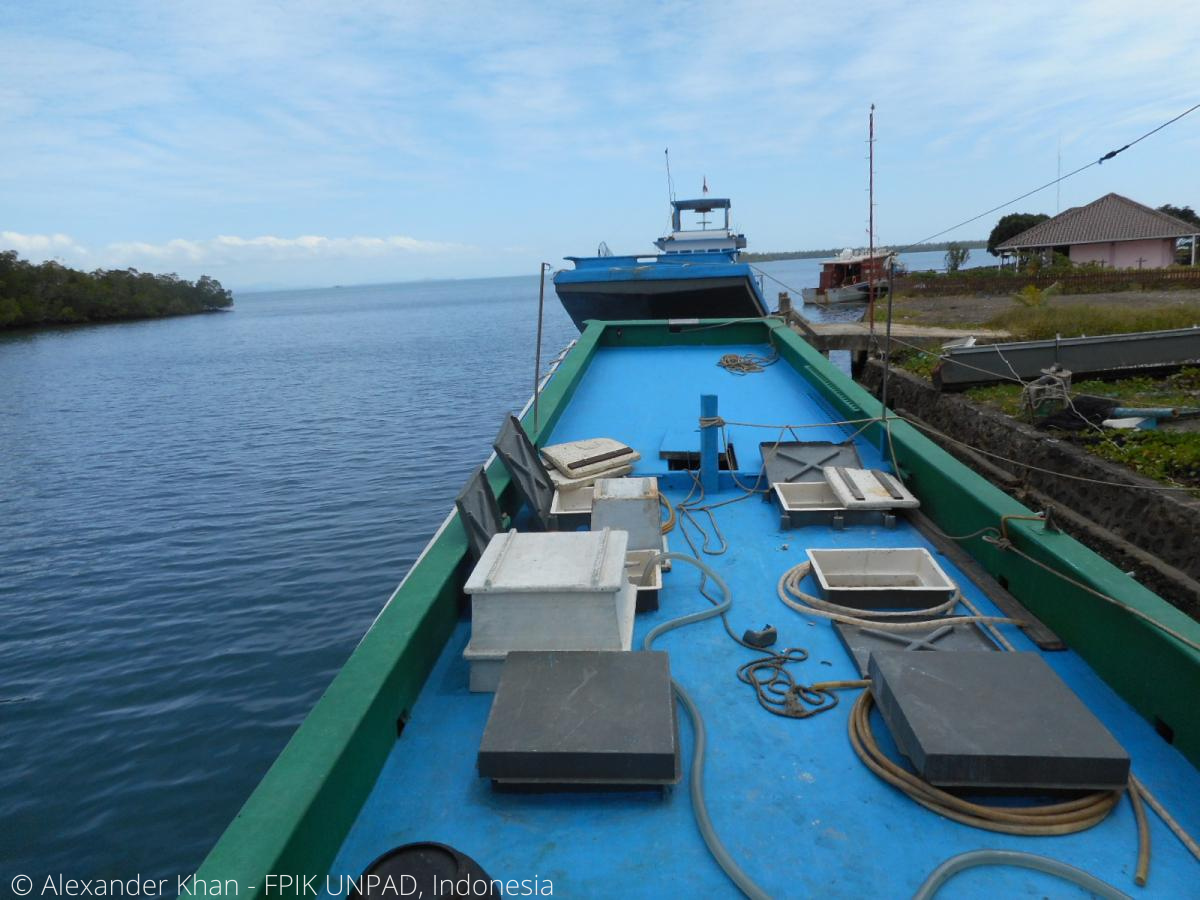
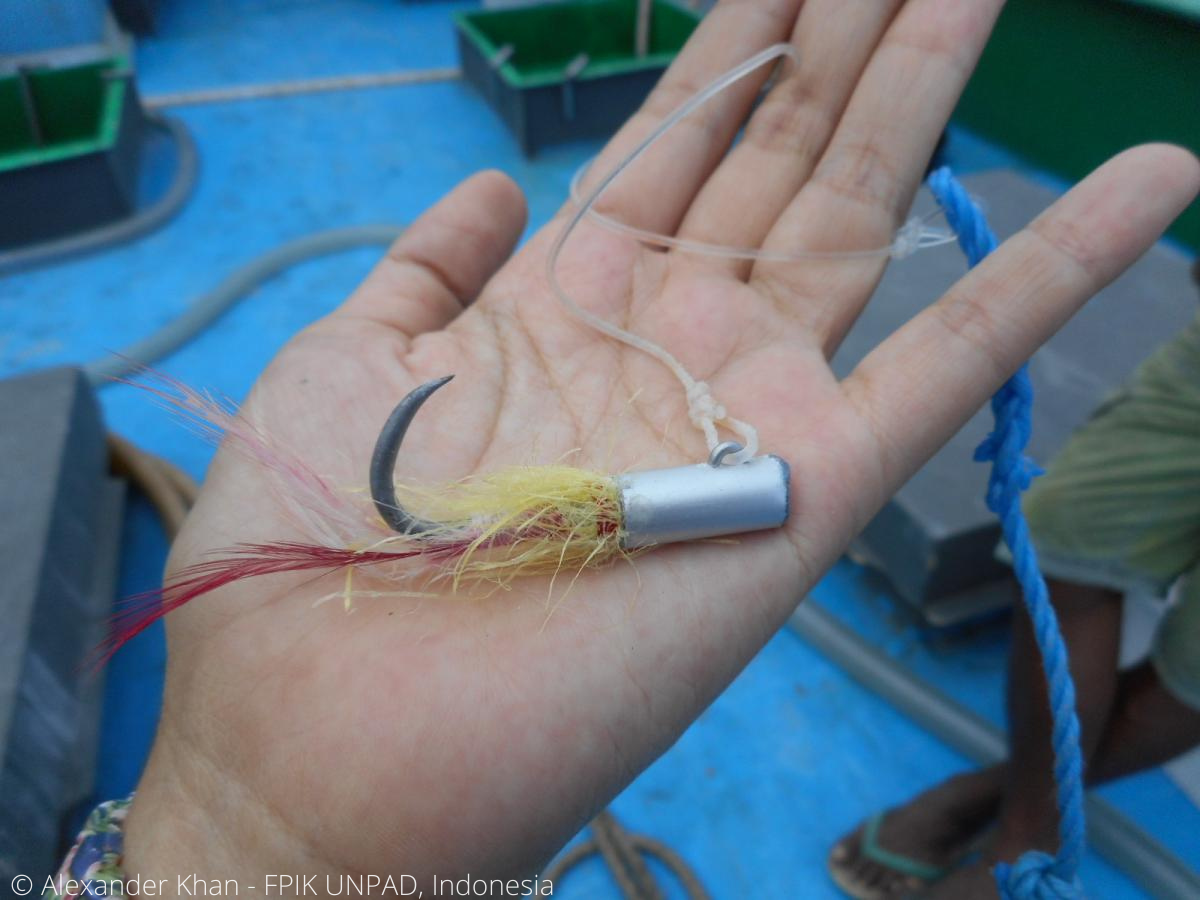
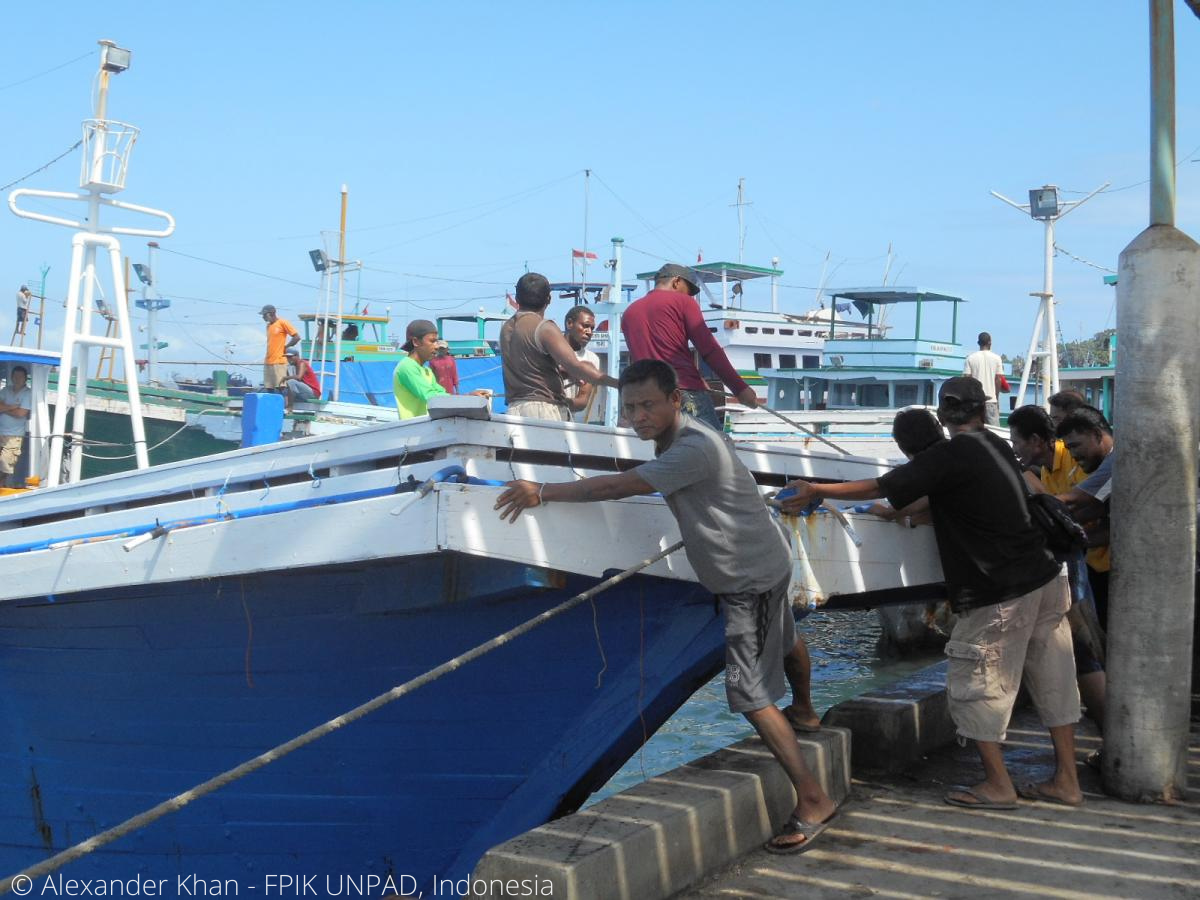

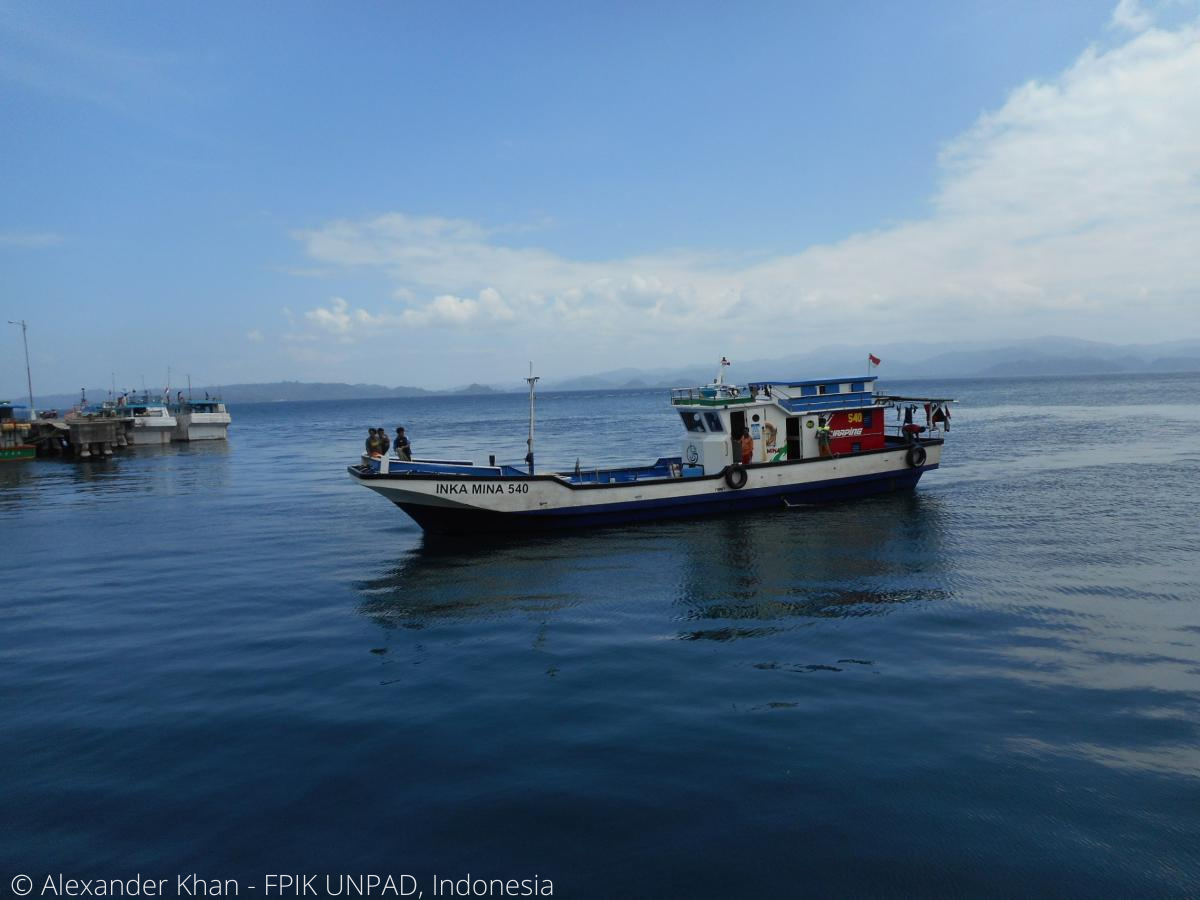
Typical Vessel
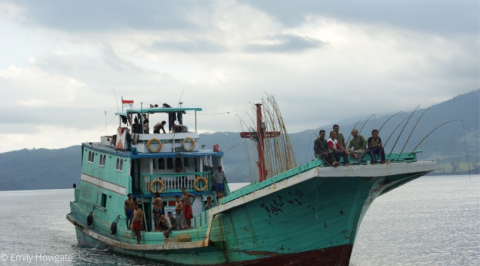
| Item | Value |
|---|---|
| Crew Size | 30 |
| Size Range (m) | 30 |
| Details of Type of Engine | Inboard |
| Hold Capacity | 37 MT |
| Onboard Cold Storage? | Yes |
Fleet Capacity
-
500t
- Annual Catch Volume (metric tonnes)
-
41
- Number of Vessels
-
1025
- Local Employment
Target Species
Yellowfin Tuna

Fishing Gear
Pole-and-line

Traceability
Traceability systems are used in food supply chains to track a product from production to consumption. They assist with ensuring that standards and regulations are met throughout the supply chain, which is very important for products that travel across the globe, such as tuna.
Good traceability reduces contamination, disease, and spoilage. In the case of seafood, it also helps to maintain sustainable fish stocks in the oceans so we can keep enjoying tuna for years to come.
Most importantly, traceability provides transparency through the supply chain, allowing all parties including the consumer access to information about the products they are buying.
Fishery Information and Traceability (FIT)
Fishery Information and Traceability (FIT) programme is in place for skipjack tuna fisheries across the AP2HI membership to highlight fishery transparency and improve the efficiency of fishing practices. The FIT is a programme that collects various data regarding catch rate, vessel numbers, and bait usage across the fisheries. This data is then used to advise fisheries on key elements for improvement.
Find out more
Regional Fisheries Management Organisation
Western and Central Pacific Fisheries Commission (WCPFC)
Regional fisheries management organisations (RFMOs) are international bodies formed to manage fish stocks in an oceanic area. They include several countries with fisheries operating in that area, and some focus on particular species such as tunas. They are established through international agreements and treaties. RFMOs typically collect fishery statistics, assess fish stock conditions, monitor fishery activity and make fishery management decisions.
The Western and Central Pacific Fisheries Commission (WCPFC) was established by the Convention for the Conservation and Management of Highly Migratory Fish Stocks in the Western and Central Pacific Ocean (WCPF Convention). The Commission seeks to manage issues that arise in high-seas fisheries, to prevent overexploitation of highly migratory fish stocks.
Stock Status Reports
Yellowfin Tuna Stock Status
2021-03-25The stock status of a fish species signifies whether a species is 'overexploited', 'fully exploited' or 'underexploited'. Different organisations use different parameters to assign these labels. For example, the Food and Agricultural Organisation of the United Nations (FAO) deems any species to have less than 40% of it’s ‘unfished biomass’ to be overexploited.
The aim of assigning stock status to a species is to ensure that catches are kept at a level where future catches will not be affected, in other words, to maintain a healthy, viable population of fish.
In addition to biomass, spawning potential, catch trend and size-age composition may be used to determine stock status. These are important factors to consider as some species are more resilient than others and have different ecological features. For example, yellowfin tuna have a higher reproduction rate and are typically more resilient than other tuna species.
National Reports
Indonesia
2022-07-11National Reports are formal documents from members of the Tuna Regional Fisheries Management Organisation (tRFMO) in question. Each country that falls within the tRFMO must report on the state of their national fisheries in relation to the requirements of that tRFMO. They are normally presented to the annual Scientific Committee meetings by a credentialed head of delegation - considered national scientists. The tRFMO normally prescribes what the report should entail and how it should be structured, which would also include progress on key resolutions on conservation and management measures, and brief the ongoing scientific research of interest to the tRFMO.
